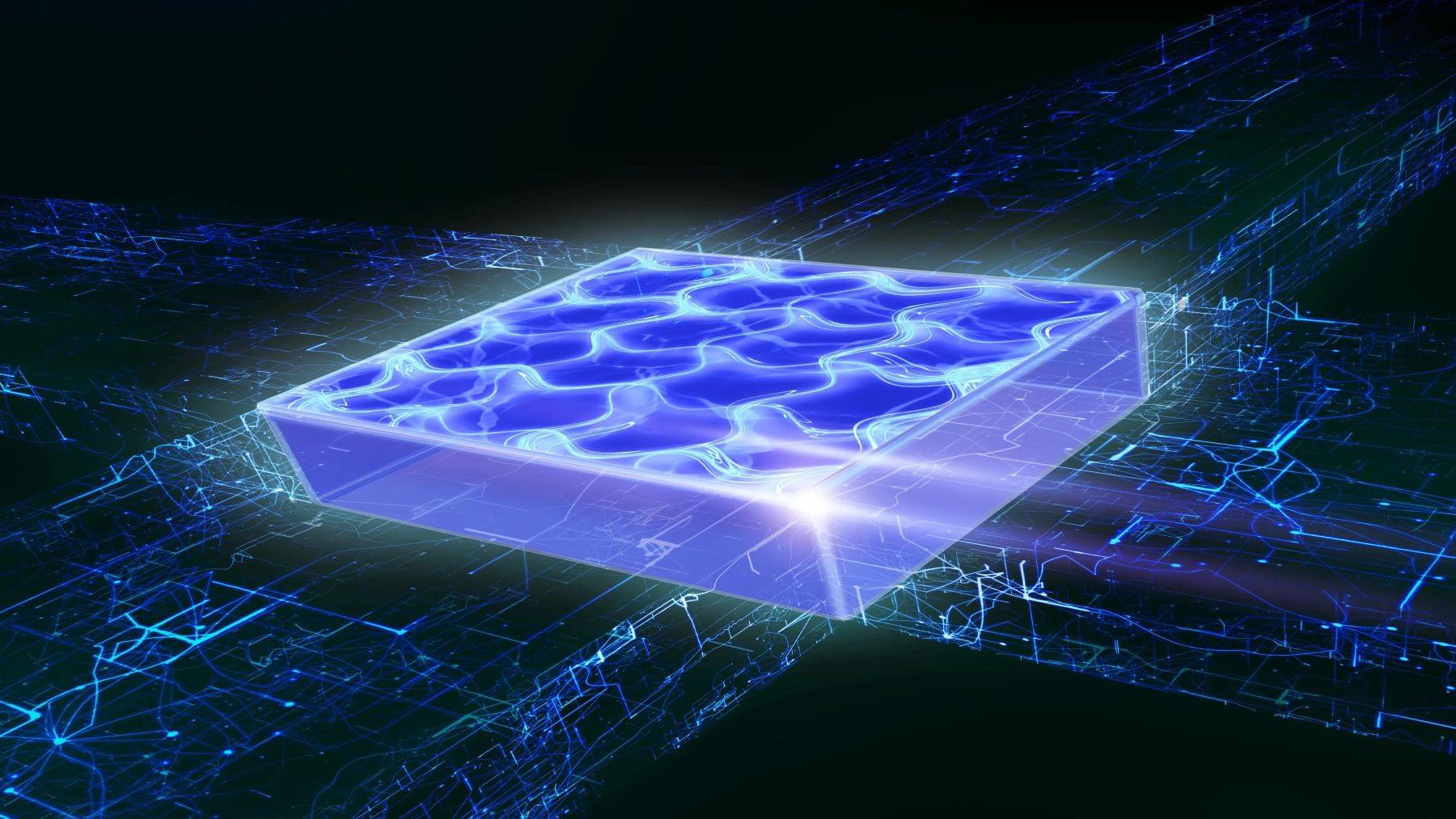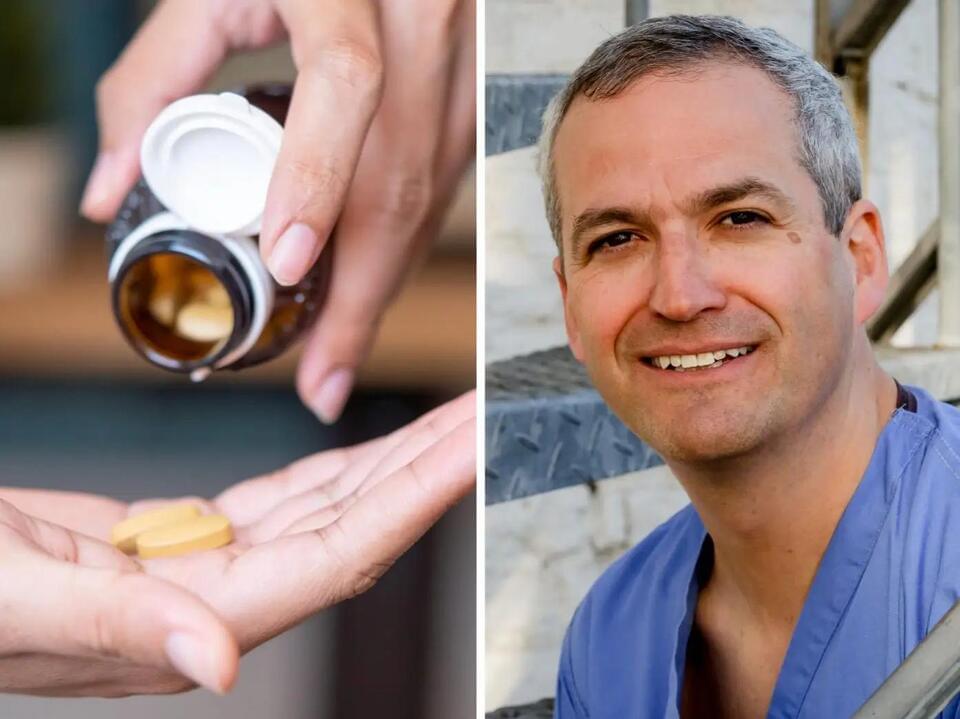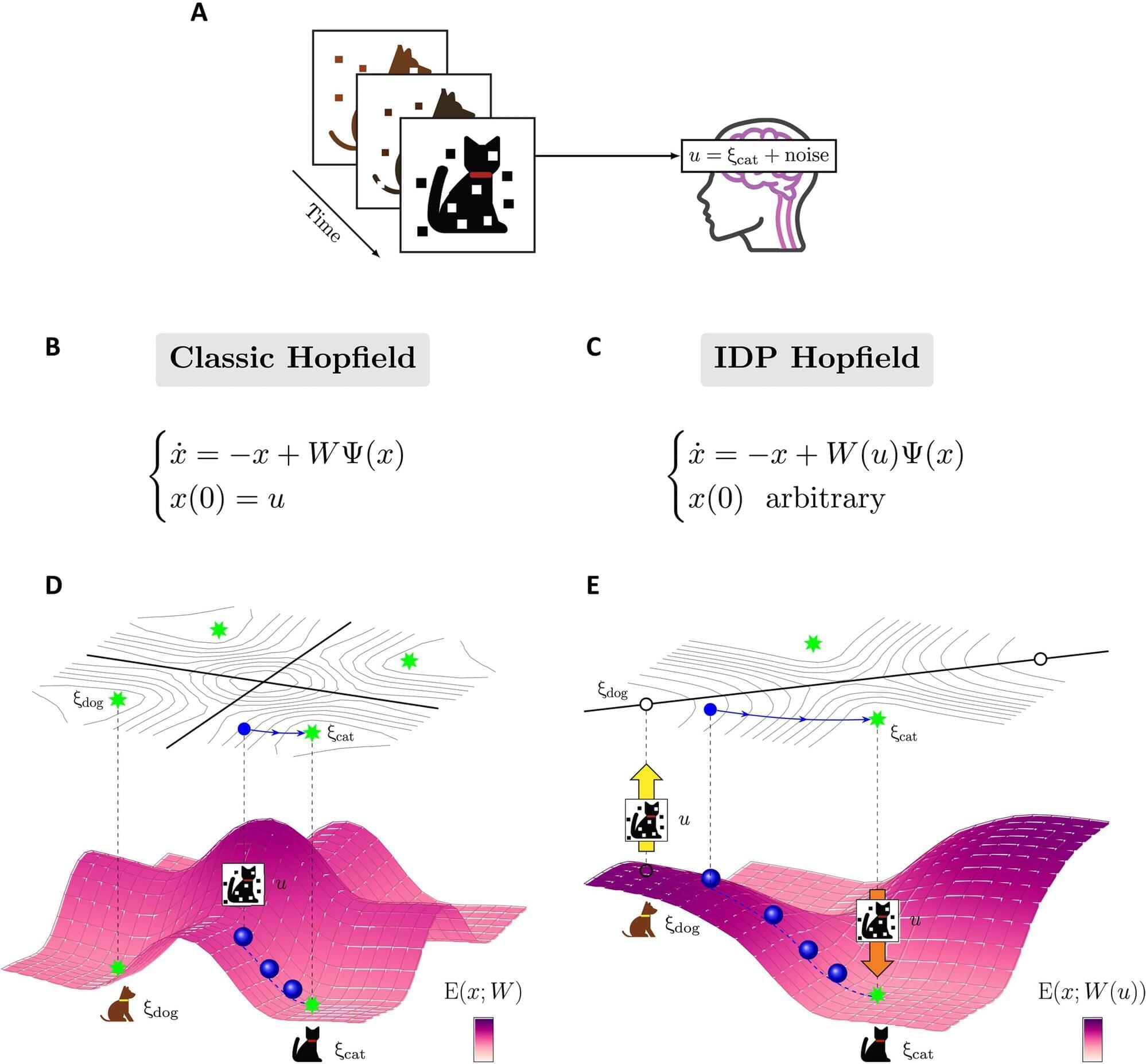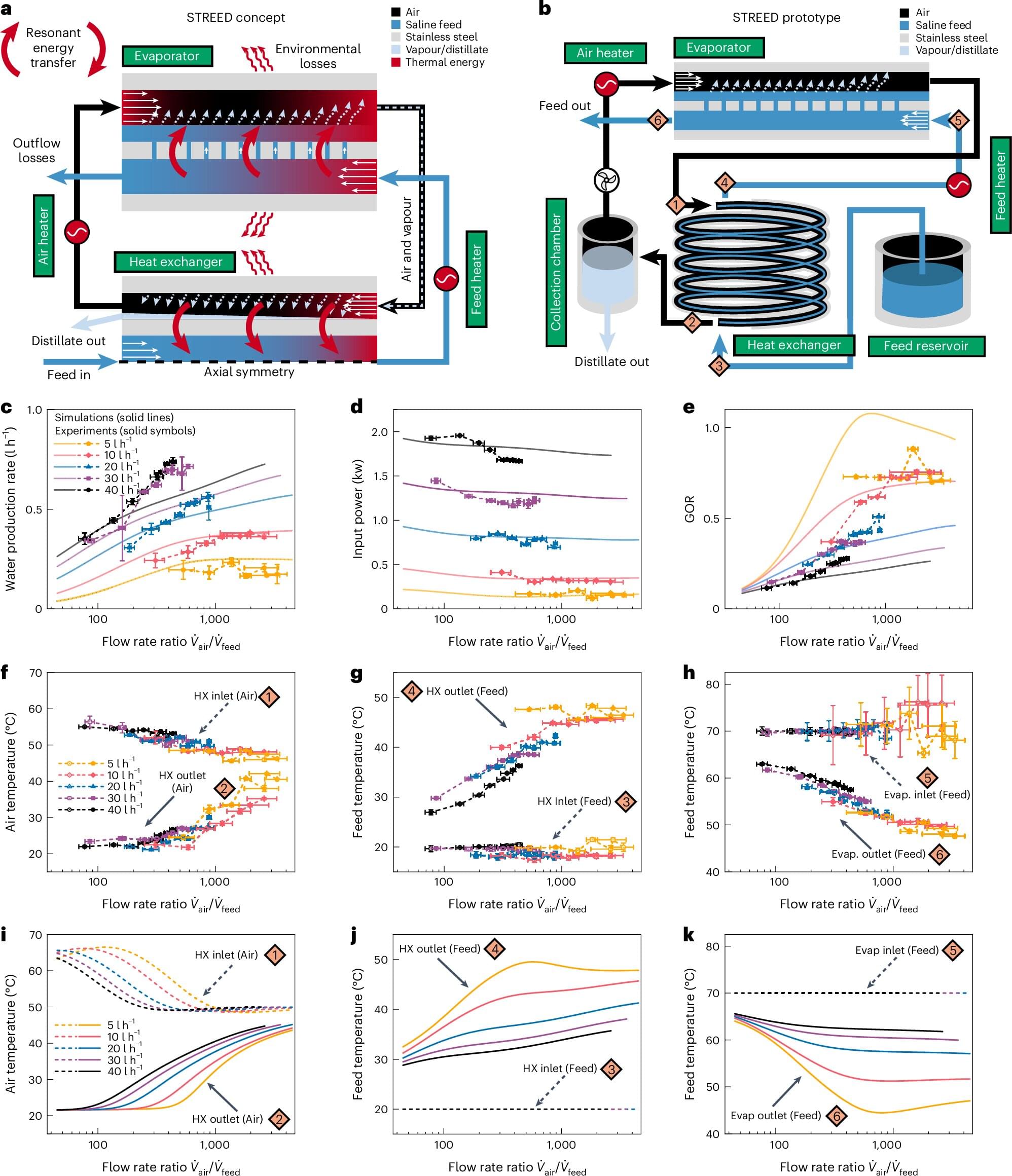Scientists have transformed light into a supersolid for the first time, unlocking new possibilities in quantum physics, computing, and futuristic technologies
It has always been interesting and exciting to study quantum physics. One of the most amazing things about it was the idea of quantum transportation, which seemed like something from science fiction. But recent progress has turned this idea from an academic thought into a real-world application, marking a fundamental change in how we think about and communicate.
He told Newsweek that the unexpected result “upsets the usual interpretation of the nature of the CMB. It essentially means that we do not have solid evidence for a hot big bang. Taking the observed CMB and subtracting this foreground leaves too little for the hot big bang to be real.”
(The “hot big bang” refers to how the universe started in a hot, dense, state and has been cooling and expanding ever since.)
Kroupa added: “This shocking result means that we now need to revisit the very foundations of everything we know about cosmology, gravitation and the evolution of the Universe and how galaxies came to be.”
TAE’s “Norm” development, for instance, may “[chart] a path for streamlined devices that directly addresses the commercially critical metrics of cost, efficiency, and reliability,” theorized Michl Binderbauer, CEO of TAE Technologies.
“This milestone significantly accelerates TAE’s path to commercial hydrogen-boron fusion that will deliver a safe, clean, and virtually limitless energy source for generations to come,” Binderbauer added.
“Norm” is set to precede TAE’s next reactor prototype, “Copernicus,” which TAE engineers anticipate will demonstrate fusion as a viable energy source before 2030.
James Kinross, an expert in the gut microbiome, believes changes in our digestive health could help explain rising colon cancer cases among the under-50s.
A team of chemists, materials scientists and engineers affiliated with several institutions in China, working with a colleague from Taiwan, has developed a new way to remove uranium from seawater that is much more efficient than other methods. Their paper is published in the journal Nature Sustainability.
The current method for obtaining uranium for use in nuclear power plants is mining it from the ground. Canada, Kazakhstan and Australia are currently the largest producers of uranium, accounting for nearly 70% of global production. Other countries such as the U.S., China and Russia would like to overcome their reliance on foreign providers of the radioactive element, and have been looking for ways to efficiently extract it from seawater.
The world’s oceans have far more uranium than ground sources, but it is highly dilute, which makes harvesting difficult and expensive. In this new effort, the team working in China has found a way to do it much more efficiently, resulting in lower costs. Notably, China builds more nuclear power plants than any other country and would very much like to be able to produce its own uranium.
As demand surges for batteries that store more energy and last longer—powering electric vehicles, drones, and energy storage systems—a team of South Korean researchers has introduced an approach to overcome a major limitation of conventional lithium-ion batteries (LIBs): unstable interfaces between electrodes and electrolytes.
Most of today’s consumer electronics—such as smartphones and laptops—rely on graphite-based batteries. While graphite offers long-term stability, it falls short in energy capacity.
Silicon, by contrast, can store nearly 10 times more lithium ions, making it a promising next-generation anode material. However, silicon’s main drawback is its dramatic volume expansion and contraction during charge and discharge, swelling up to three times its original size.
Imagine developing a finer control knob for artificial intelligence (AI) applications like Google Gemini and OpenAI ChatGPT.
Mikhail Belkin, a professor with UC San Diego’s Halıcıoğlu Data Science Institute (HDSI)—part of the School of Computing, Information and Data Sciences (SCIDS)—has been working with a team that has done just that. Specifically, the researchers have discovered a method that allows for more precise steering and modification of large language models (LLMs)—the powerful AI systems behind tools like Gemini and ChatGPT. Belkin said that this breakthrough could lead to safer, more reliable and more adaptable AI.
The research relies on recent work that has been published in Science and Proceedings of the National Academy of Sciences.
Listen to the first notes of an old, beloved song. Can you name that tune? If you can, congratulations—it’s a triumph of your associative memory, in which one piece of information (the first few notes) triggers the memory of the entire pattern (the song), without you actually having to hear the rest of the song again. We use this handy neural mechanism to learn, remember, solve problems and generally navigate our reality.
“It’s a network effect,” said UC Santa Barbara mechanical engineering professor Francesco Bullo, explaining that associative memories aren’t stored in single brain cells. “Memory storage and memory retrieval are dynamic processes that occur over entire networks of neurons.”
In 1982, physicist John Hopfield translated this theoretical neuroscience concept into the artificial intelligence realm, with the formulation of the Hopfield network. In doing so, not only did he provide a mathematical framework for understanding memory storage and retrieval in the human brain, he also developed one of the first recurrent artificial neural networks—the Hopfield network—known for its ability to retrieve complete patterns from noisy or incomplete inputs. Hopfield won the Nobel Prize for his work in 2024.
Fresh drinking water is a vital yet limited resource that will only grow scarcer over the next few years, according to the World Resources Institute. Desalination, the process of removing salt from water, is an established method used to increase the fresh water supply, especially in coastal regions. However, current desalination systems are dependent on large-scale centralized infrastructure and filtration membranes prone to fouling and degradation.
A team of Rice University engineers has developed a system that could transform desalination practices, making the process more adaptable, resilient and cheaper.
The new system, described in a study published in Nature Water, is designed to be powered by sunlight and uses a creative approach to heat recovery for extended water production—with and without sunshine. In contrast to conventional systems, the setup is made from nondegradable materials and can handle high-salinity brines.








